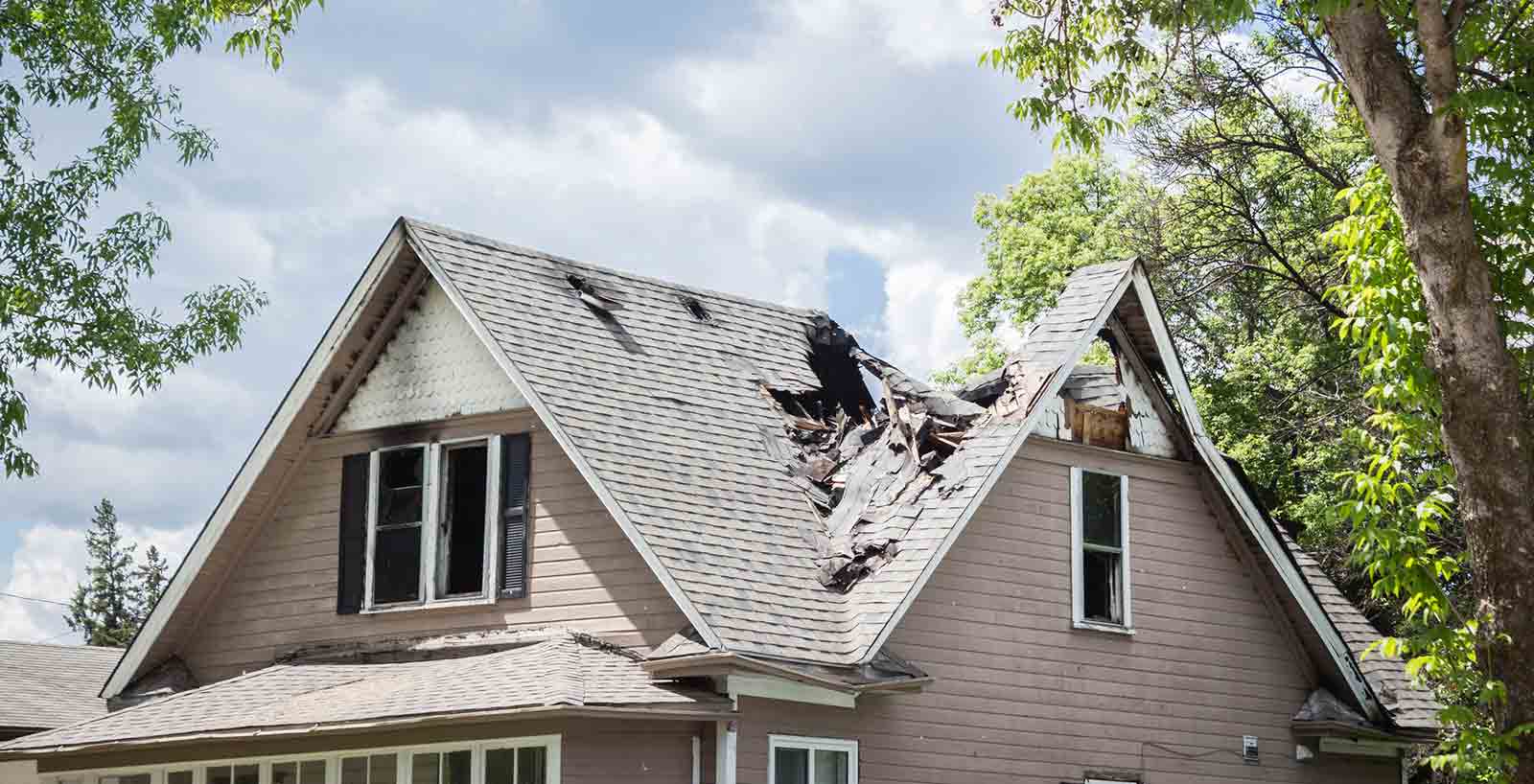Storm damage restoration is essential for repairing and restoring properties that have been affected by severe weather events such as hurricanes, tornadoes, floods, or heavy storms. Here’s a guide on the storm damage restoration process:
1. Safety Assessment:
- The first step in storm damage restoration is to ensure the safety of everyone involved. Assess the property for any immediate safety hazards such as structural damage, electrical hazards, or gas leaks. Evacuate if necessary and contact emergency services if there are any life-threatening situations.
2. Documentation and Assessment:
- Document the extent of the storm damage by taking photographs or videos of the affected areas. Conduct a thorough assessment of the damage, both interior and exterior, including roofs, windows, doors, siding, and structural components.
3. Temporary Repairs:
- Perform temporary repairs to prevent further damage to the property. This may include tarping roofs, boarding up windows, securing doors, and removing debris to mitigate any additional water intrusion or structural damage.
4. Water Extraction and Drying:
- If the property has experienced water damage from flooding or heavy rainfall, initiate water extraction and drying procedures to remove standing water and moisture. Use pumps, vacuums, dehumidifiers, and air movers to dry out the affected areas thoroughly.
5. Structural Repairs:
- Begin the process of structural repairs to restore the integrity of the property. This may involve repairing or replacing damaged roofing materials, siding, windows, doors, framing, and other structural components.
6. Mold Remediation:
- Address any mold or mildew growth that has occurred as a result of water damage. Conduct thorough mold remediation procedures to remove mold growth and prevent future mold problems.
7. Electrical and Mechanical Systems:
- Inspect electrical and mechanical systems such as HVAC, plumbing, and electrical wiring for damage. Repair or replace any damaged components to ensure the safety and functionality of these systems.
8. Interior Restoration:
- Restore the interior of the property by repairing or replacing damaged walls, ceilings, flooring, and fixtures. This may include drywall repair, painting, carpet replacement, and installation of new cabinetry or countertops.
9. Exterior Restoration:
- Complete the exterior restoration of the property by repairing or replacing damaged siding, roofing, windows, doors, and landscaping. Ensure that all exterior elements are properly sealed and waterproofed to prevent future water intrusion.
10. Final Inspection and Cleanup:
- Conduct a final inspection of the property to ensure that all storm damage restoration work has been completed to a high standard. Clean up any debris or waste materials from the restoration process and ensure that the property is safe and habitable.
11. Insurance Claims:
- Work with your insurance provider to file a storm damage claim and document the restoration process for reimbursement of repair costs. Provide documentation, receipts, and photographs as evidence of the storm damage and restoration work performed.
By following these steps and working with experienced storm damage restoration professionals, you can effectively repair and restore your property following a severe weather event. Prompt and thorough restoration efforts are crucial for minimizing further damage and ensuring a safe and habitable living environment.
